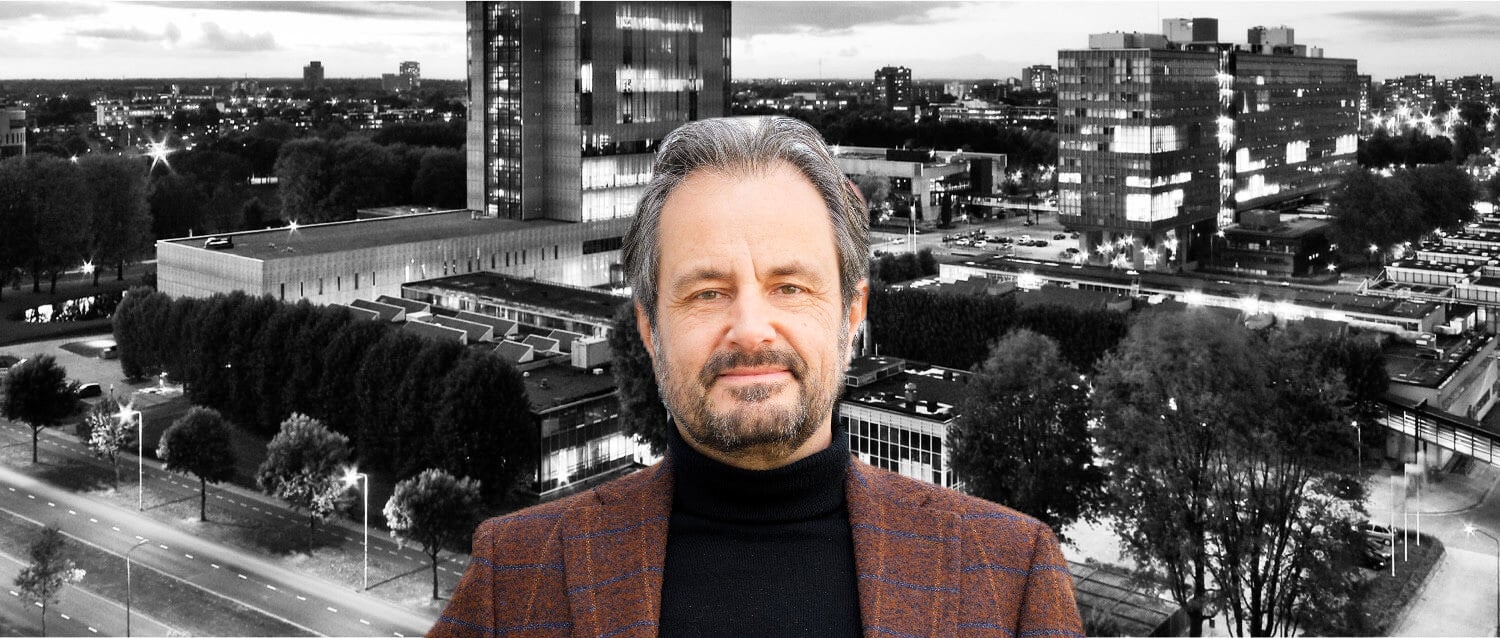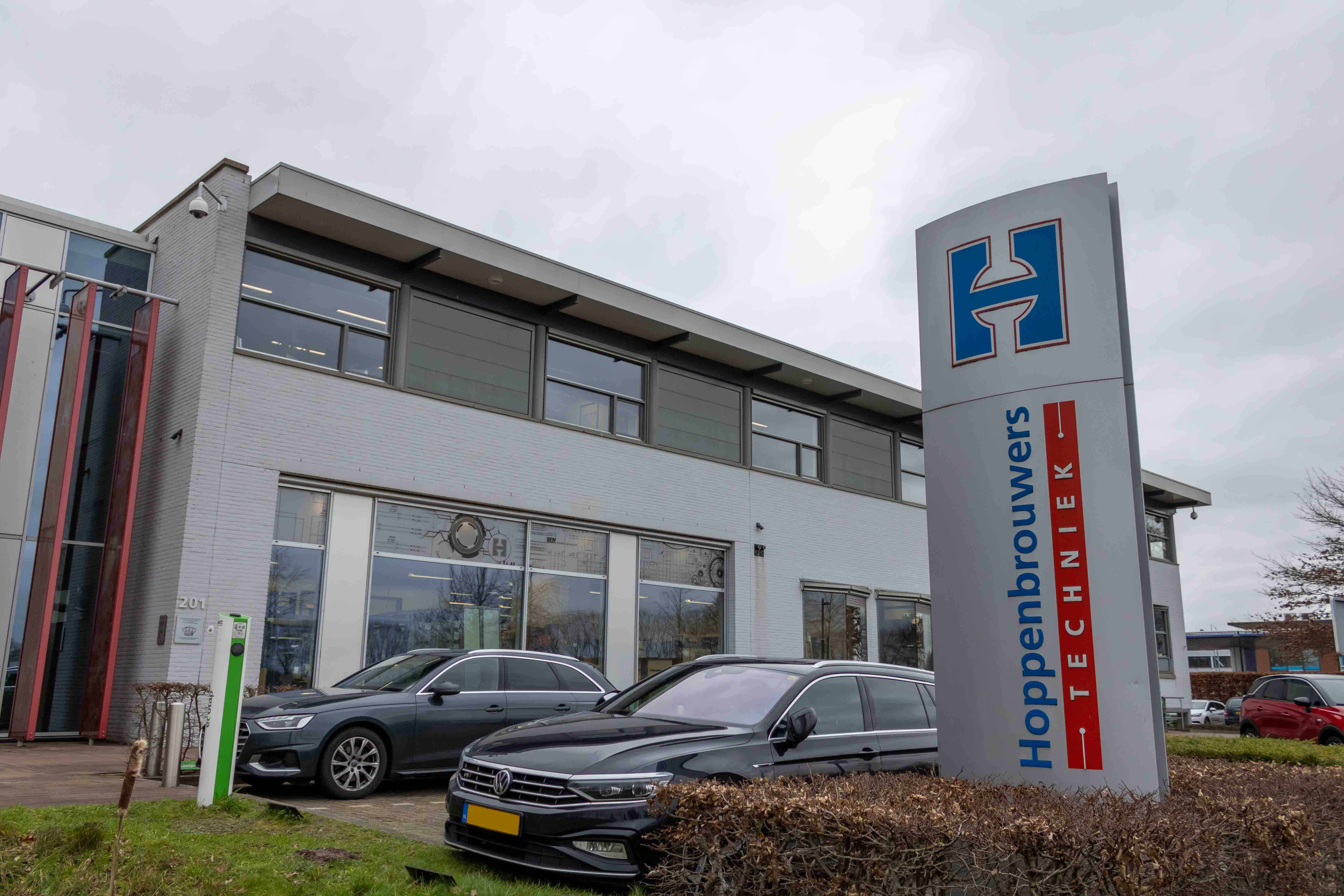
In the coming weeks, Uber’s IPO will be on the agenda, which may become the most expensive one in history. The estimate of the market value of the company already exceeds 120 billion dollars.
I am an extremely satisfied Uber user, especially on foreign soil. From a foreign airport, a Uber driver has usually delivered me safely to the hotel before I would have understood the local public transport system. Of course, I am not blind to the regulatory friction, nor to the fact that Uber leads to a significant increase in car use in cities, because many people prefer Uber to public transport. That is one of the reasons why Uber is now also experimenting with electric scooters and even the provision of public transport rides.
However, I am not very optimistic about Uber’s future. There are two main reasons for this. Firstly, the low entry barrier: it is not very complicated to develop an app to bring together supply and demand in transport, and all over the world, companies are emerging that very successfully offer the same. Usually, they are better adapted to local legislation and customs. Yet, you can always see them having ambitions outside their own country. And public transport companies are also moving more and more convincingly in the direction of transport according to need instead of a fixed timetable. And finally, especially outside the big cities, voluntary services are emerging, a kind of free Uber.
My second and main reason for pessimism, however, is the great loss that Uber is making, combined with the conviction that a future Uber service with autonomous cars will solve it, through consistent savings on driver’s costs. I have always doubted Uber’s sincerity in becoming a robot taxi company. Because during their many difficult conversations with taxi unions and governments about unfair competition, a promise of chauffeurless taxis is a convenient trump card for Uber. But in fact, that future is still very far away, I fear too far to compensate the losses in time. Moreover, Uber’s developments for autonomous transport are far behind those of General Motors and Waymo. The latter has been offering taxi services in Phoenix since December, but it doesn’t drive around very convincingly yet, as shown by the images of people following the taxis on the road. Before we can let go of such taxis in European, let alone Asian, city traffic, many years or even decades will go by.
Uber’s smaller competitor in the US, Lyft, is also betting on autonomous cars, but the status of that development seems to lag even further behind. But they are ahead in terms of stock market listing: at the end of March, Lyft went public with a market value of 24 billion dollars. In the first few weeks, about 25% of this has already evaporated. Over at Uber, this won’t be going that fast, but a miraculous progression in their autonomous ambitions seems necessary to keep the enormous expectations high.
Of course, nobody knows all of Uber’s plans. If, in addition to people, they will also be going to transport all sorts of goods in the future, as Uber Eats is already doing successfully with meals, they will push the entire retail and logistics sector down a position in the value chain. Then they will determine where our stuff comes from. In such a scenario, Uber would be worth much more than 120 billion. But this huge ambition will also have to deal with the above concerns.
For the time being, I am very happy to continue to pay for their services all over the world, but I can resist the temptation to buy their shares.
About this column:
In a weekly column, alternately written by Eveline van Zeeland, Jan Wouters, Maarten Steinbuch, Mary Fiers, Carlo van de Weijer, Lucien Engelen, Tessie Hartjes and Auke Hoekstra, Innovation Origins tries to find out what the future will look like. These columnists, occasionally supplemented with guest bloggers, are all working in their own way on solutions for the problems of our time. So tomorrow will be good. Here are all the previous episodes.







